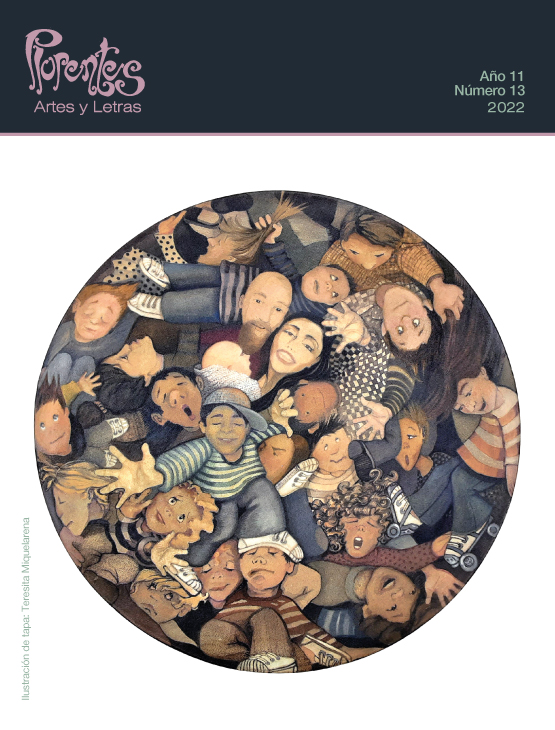Anna Bon di Venezia, the boldness of being a woman and a composer in the 18th century
DOI:
https://doi.org/10.24215/18536212e045Keywords:
Anna Bon, analysis, canon, sonatasAbstract
The article explores and analyzes the first sonata of opus 1 by the Venetian composer, focusing on distinguishing and recognizing her compositional gestures and how they interact with the dominant canon in order to disclose a repertoire which has remained systematically relegated.
Downloads
References
Abromeit, K. (1985.) A Profile of Anna Bon, 18th Century Venetian Composer. Lawrence University Honors Projects.
Bon di Venezia, A. (ca. 1760). 6 Sonate per il Flauto Traversiere, Anna Bon di Venezia, Manuscript, n.d., Det Kongelige Bibliotek, Copenhagen (DK-Kk): mu 6210.2526
López Cano, R. (2000). Música y retórica en el Barroco. México: Universidad Autónoma de México.
Pérsico, G. (2009). Música, retórica y comunicación: esbozo de análisis retórico de una pieza para flauta travesera de George Philipp Telemann. Revista del Instituto de Investigación Musicológica “Carlos Vega”, (23), 275–313
Quantz, J. J. (1976). On playing the flute (Edward Reilly, Trad). 3a. ed. London: Faber & Faber. (Obra original publicada en 1752)
Tarling, J. (2004). The Weapons of Rhetoric. United Kingdom: Corda Music Publications.
Published
How to Cite
Issue
Section
License
Copyright (c) 2022 Gabriela Susana Galván

This work is licensed under a Creative Commons Attribution-NonCommercial-ShareAlike 4.0 International License.
Acorde a estos términos, el material se puede compartir (copiar y redistribuir en cualquier medio o formato) y adaptar (remezclar, transformar y crear a partir del material otra obra), siempre que a) se cite la autoría y la fuente original de su publicación (revista y URL de la obra), b) no se use para fines comerciales y c) se mantengan los mismos términos de la licencia.





















